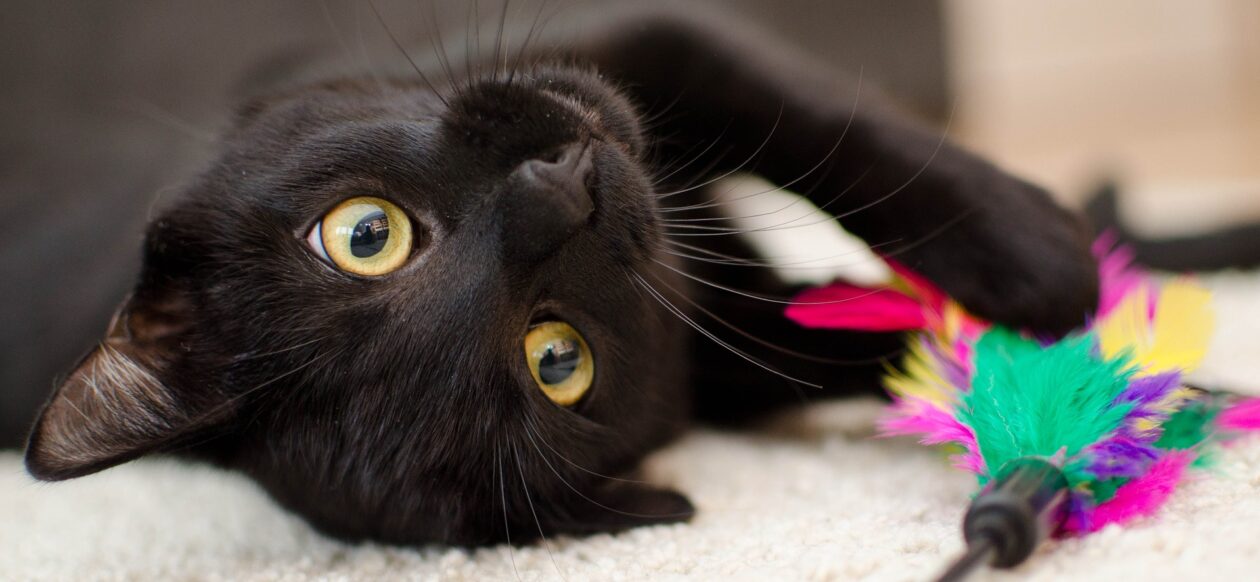Everyone is in love with cats today. Afterall, what’s not to love? For thousands of years, people have enjoyed the company and companionship of cats. But did you know that having a cat or two can benefit your life, health, and longevity? Cats not only improve our health, but also increase our happiness and well-being, prevent heart disease, lower cholesterol and blood pressure, and reduce feelings of loneliness. Multiple scientific studies show how cats boost our physical, emotional and mental health, enrich our lives, and help us live happier and longer lives.
Here are the many ways having a cat can help you:
1. Lower anxiety and stress
People who spend time with cats or kittens report feeling less stressed and calmer. Research conducted in the United Kingdom by the Mental Health Foundation and Cat Protection, found that 87 percent of people who owned a cat felt they had a positive impact on their well-being, and 76 percent said they could cope with everyday life much better thanks to the company of their cat. Over 50 percent of the cat owners felt that their cat’s presence and companionship was the most helpful, followed by 33 percent that described stroking and petting a cat was calming to them. Playing with or petting your cat can release all the good chemicals in your brain and relax your central nervous system.
Continue reading Having A Cat Improves Your Life, Health, and Well Being











